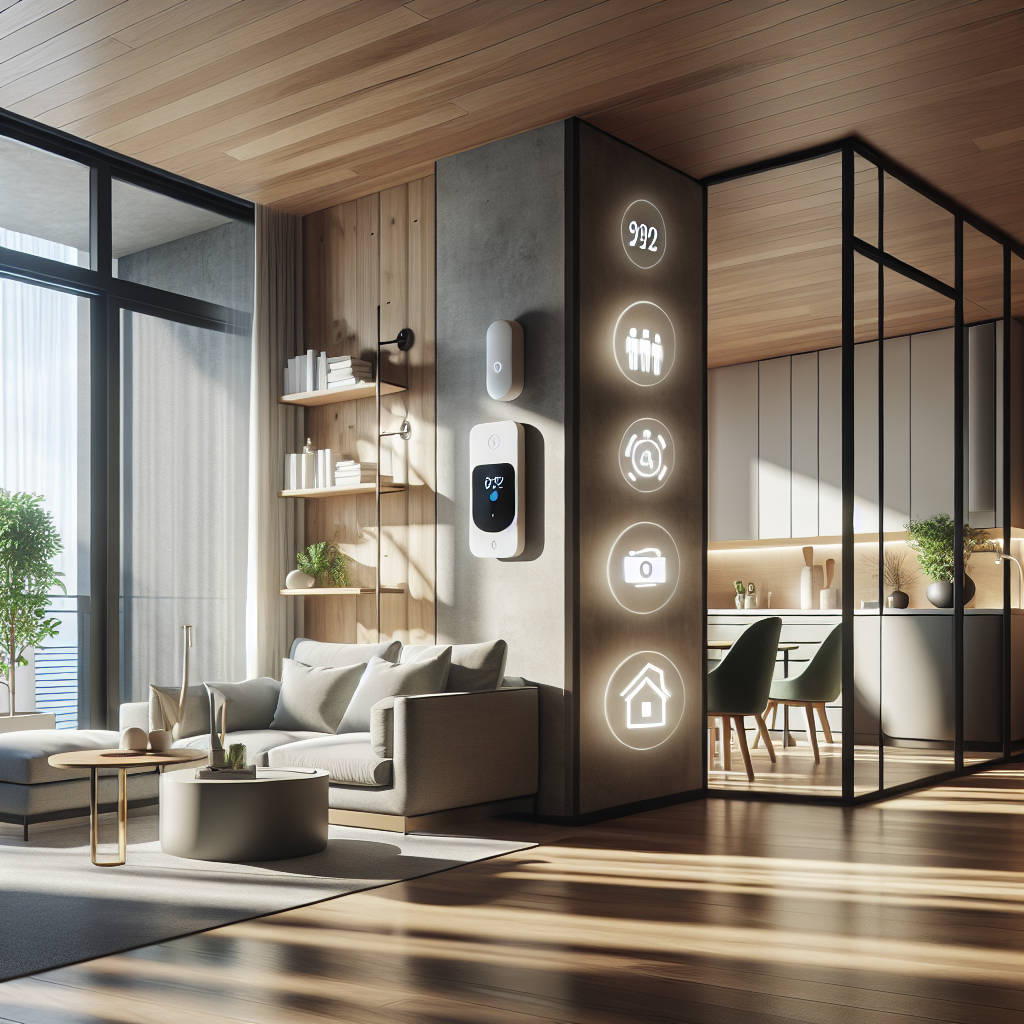Selling your home can be an exciting yet nerve-wracking process, especially when it comes to the home inspection. A thorough inspection is a crucial step in the homebuying process, as it helps potential buyers uncover any issues with the property before finalizing the sale. As a seller, preparing your home for inspection can significantly impact the outcome of the process. In this comprehensive guide, we’ll walk you through essential steps to ensure your property is inspection-ready.
Exterior Checklist
1. Roof and Gutters
- Inspect for missing or damaged shingles.
- Clean gutters and downspouts to ensure proper drainage.
2. Siding and Exterior Walls
- Check for cracks, peeling paint, or signs of moisture damage.
- Repair any damaged siding or trim.
3. Landscaping
- Trim trees and shrubs away from the house.
- Ensure proper grading to prevent water from pooling near the foundation.
Interior Checklist
4. HVAC System
- Replace air filters and ensure the system is in good working condition.
- Schedule a professional HVAC inspection for peace of mind.
5. Plumbing
- Check for leaks under sinks and around toilets.
- Test faucets and drains for proper function.
6. Electrical System
- Replace any burnt-out light bulbs.
- Ensure outlets and switches are working correctly.
General Checklist
7. Smoke and Carbon Monoxide Detectors
- Test detectors and replace batteries if needed.
- Install detectors in all required locations, including bedrooms and hallways.
8. Doors and Windows
- Ensure all doors and windows open and close properly.
- Replace damaged screens or seals.
9. Attic and Basement
- Remove clutter and ensure proper ventilation.
- Check for signs of pests and address any infestations.
Additional Tips
- Cleanliness: A clean and well-maintained home makes a positive impression on inspectors and potential buyers.
- Documentation: Keep records of any recent repairs or maintenance, such as roof replacements or HVAC servicing, to show the home’s upkeep.
Conclusion
Preparing your home for inspection is an essential part of the selling process. By following this comprehensive checklist and addressing any issues beforehand, you can increase the likelihood of a smooth inspection and impress potential buyers with the condition of your property. Remember, investing time and effort in preparing your home for inspection can pay off in a successful sale.


